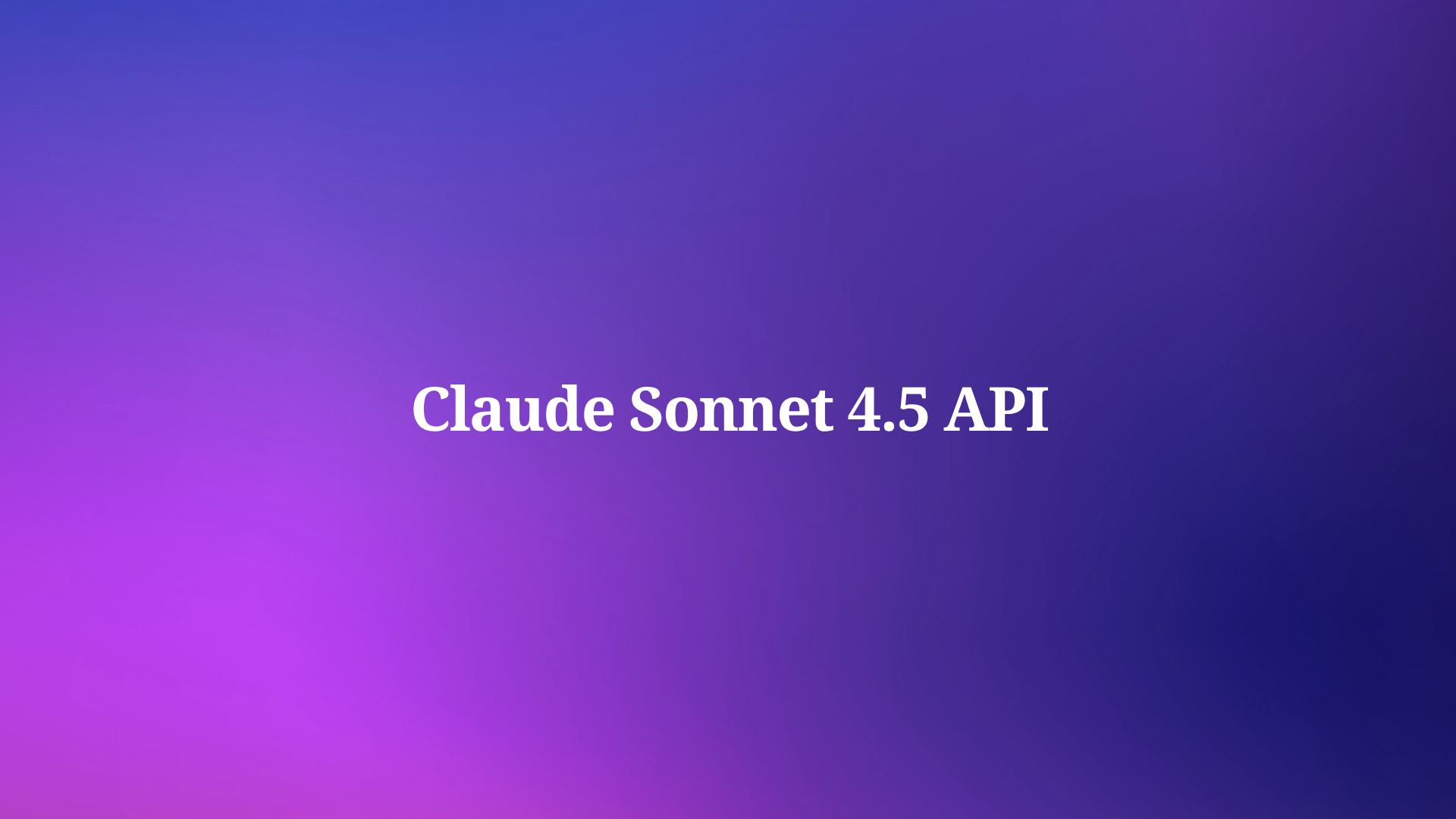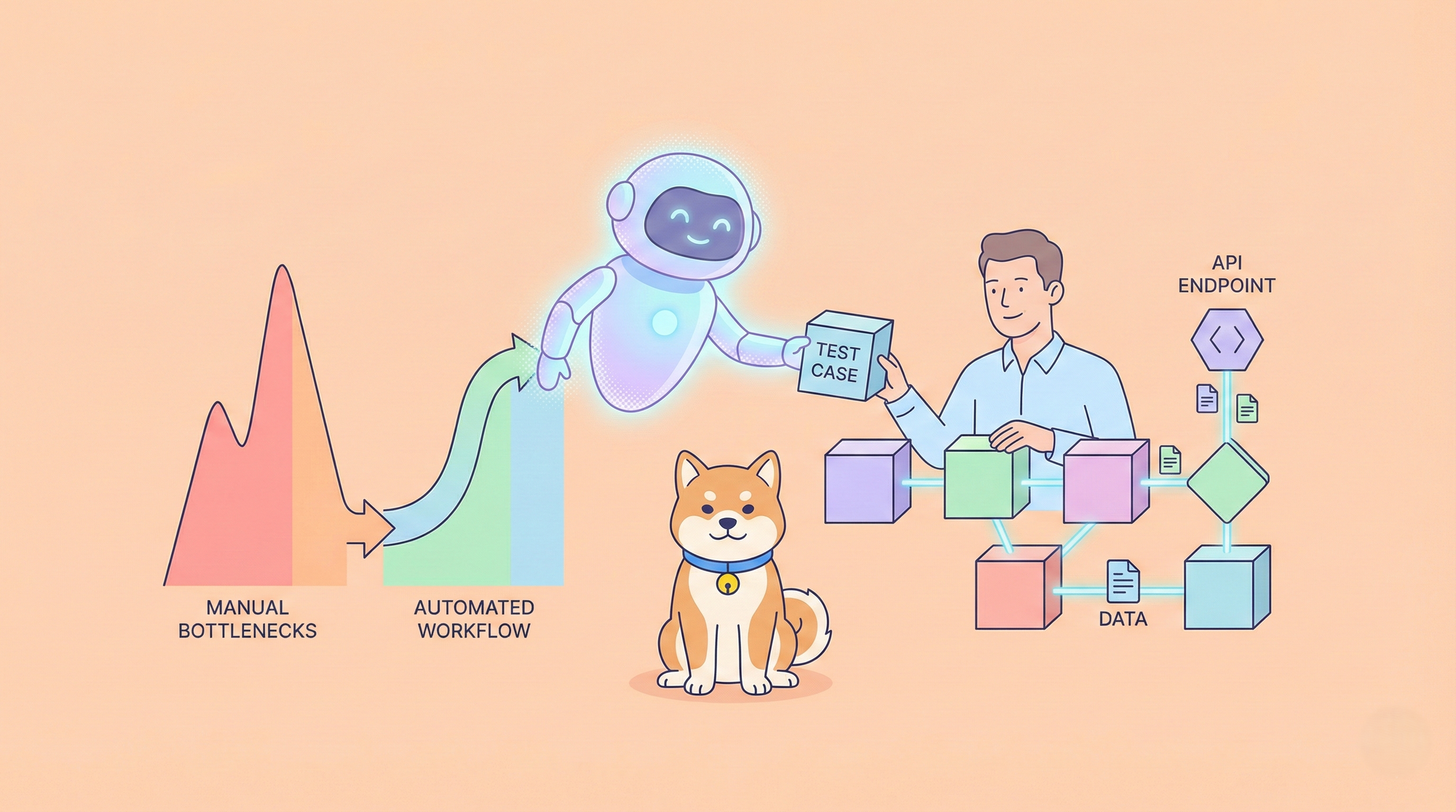Developers constantly seek powerful AI models that enhance productivity and solve complex problems. Anthropic addresses this need with Claude Sonnet 4.5, a cutting-edge language model that excels in coding, agent development, and computer use tasks. This model builds on previous iterations by delivering superior performance in reasoning, mathematics, and domain-specific knowledge areas such as finance, law, and STEM. Furthermore, it maintains a strong focus on safety and alignment, reducing undesirable behaviors like sycophancy or deception.
Introduction to Claude Sonnet 4.5
Anthropic announced Claude Sonnet 4.5 as the world's best coding model, emphasizing its ability to handle extended tasks autonomously for over 30 hours. The release includes upgrades to related products, such as Claude Code, which now features checkpoints for saving progress and rolling back changes. Additionally, developers gain access to the Claude Agent SDK, enabling the creation of sophisticated agents for various applications.
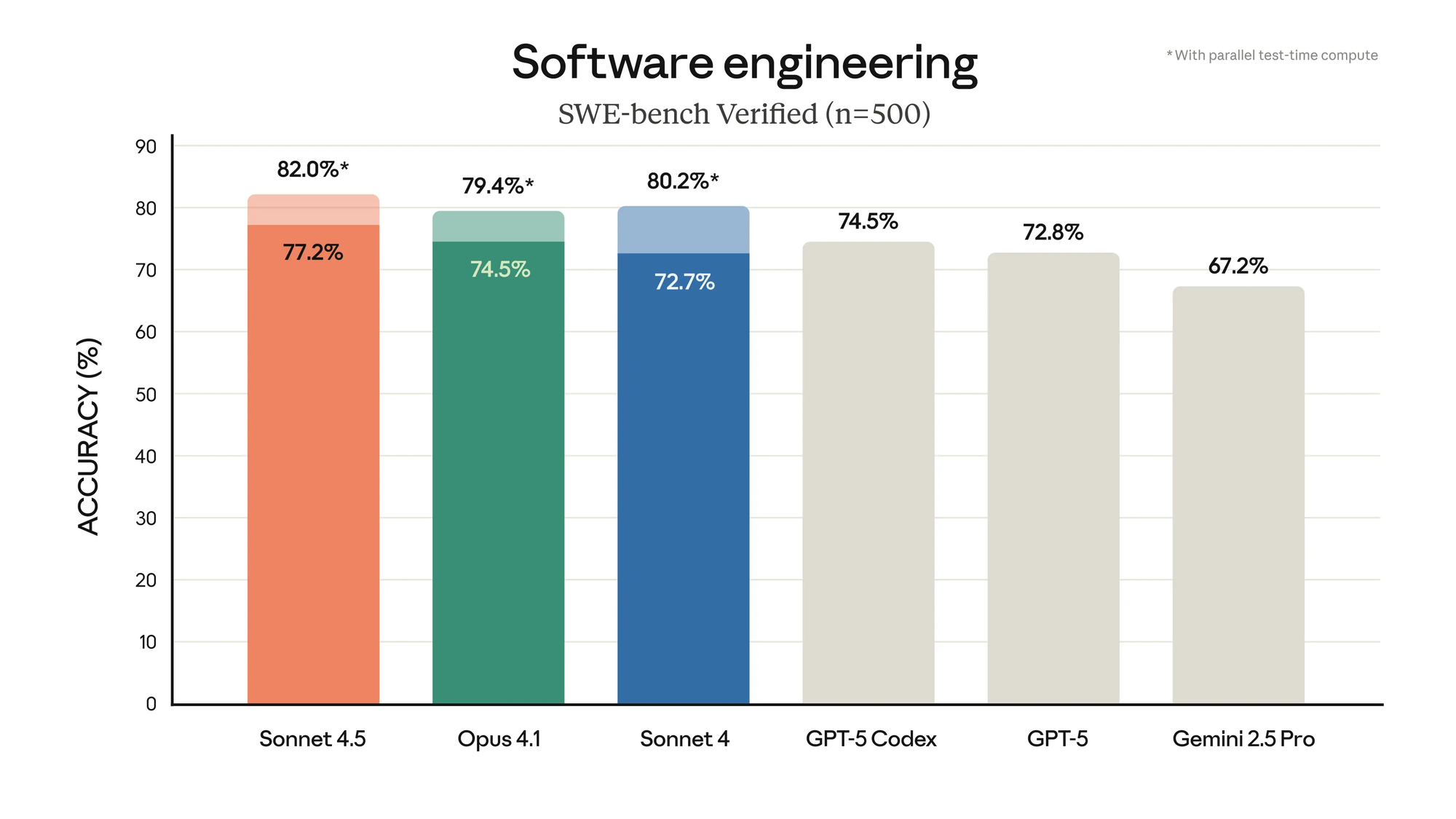
To illustrate its prowess, consider the benchmark results. Claude Sonnet 4.5 outperforms competitors across multiple evaluations. For instance, it achieves 77.2% on agentic coding with SWE-bench Verified, 82.0% with parallel test-time compute, and 50.0% on agentic terminal coding with Terminal-Bench. In retail scenarios under agentic tool use, it scores 86.2%, while in airline tasks, it reaches 70.0%. Telecommunication benchmarks show 98.0%, and computer use on OSWorld hits 61.4%. High school math competition (AIME 2025) yields 100% with Python and 87.0% without tools. Graduate-level reasoning on GPQA Diamond registers 83.4%, multilingual Q&A on MMMLU at 89.1%, visual reasoning on MMMU (validation) at 77.8%, and financial analysis agent at 55.3%.
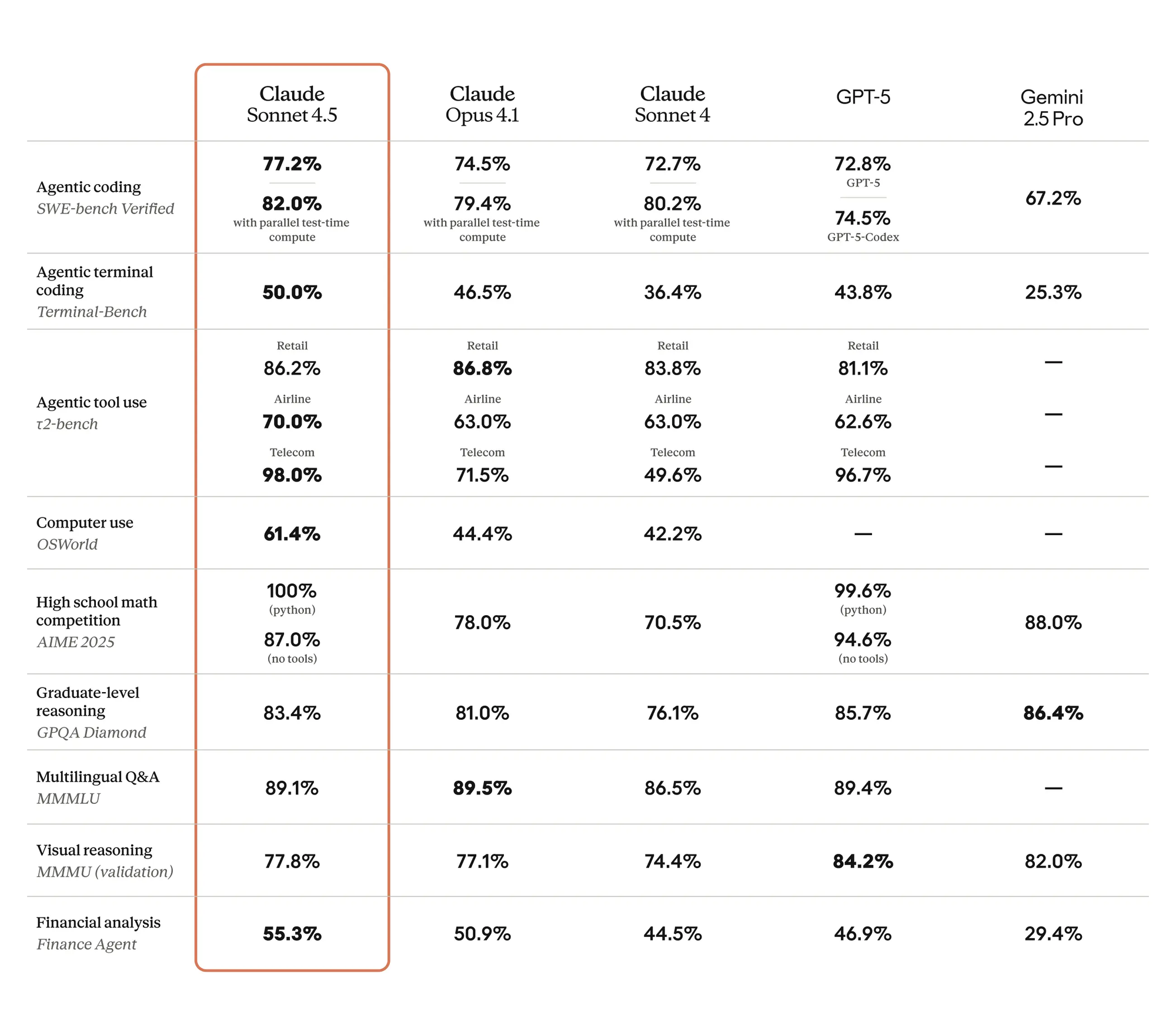
These scores demonstrate how Claude Sonnet 4.5 sets new standards, particularly in agentic tasks and reasoning. Moreover, the model operates under AI Safety Level 3 protections, ensuring robust defenses against risks like prompt injection attacks.
Next, engineers must understand how to access the Claude Sonnet 4.5 API. Anthropic provides straightforward methods to obtain credentials and start building.
Accessing the Claude Sonnet 4.5 API
Anthropic makes the Claude Sonnet 4.5 API available through their developer platform, allowing seamless integration into applications. First, users sign up for an account on the Anthropic Console. Once registered, they navigate to the Account Settings section to generate an API key. This key authenticates all requests to the API.
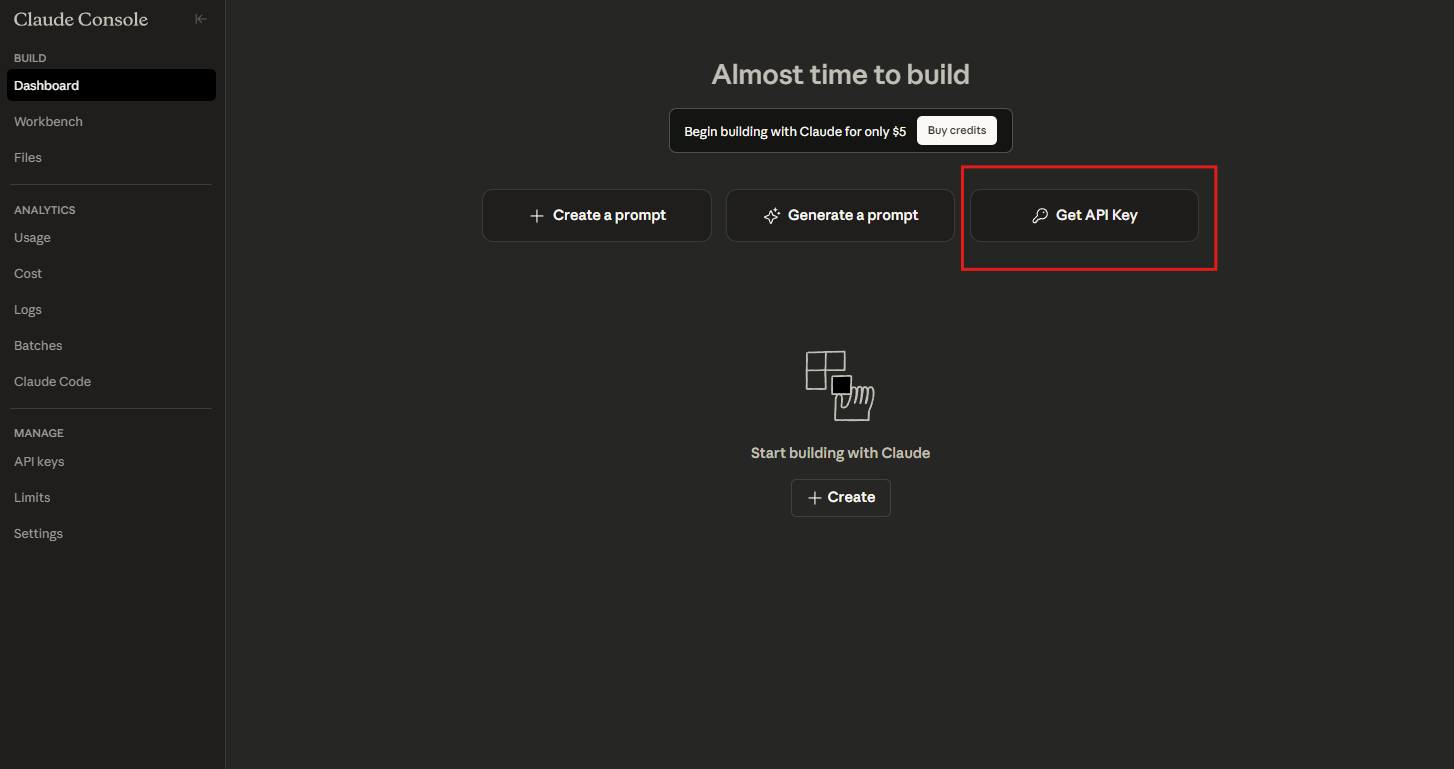
Furthermore, Anthropic recommends using workspaces to segment API keys. This approach controls spending and organizes usage by specific projects or teams. For example, a developer creates separate workspaces for testing and production environments, assigning unique keys to each.
After obtaining the key, developers include it in the 'x-api-key' header of every HTTP request. They also specify the 'anthropic-version' header, typically set to '2023-06-01' for compatibility. Additionally, the 'content-type' header must be 'application/json' to ensure proper request formatting.
Claude Sonnet 4.5 integrates with cloud providers like Amazon Bedrock and Google Cloud's Vertex AI, expanding accessibility. Pricing remains consistent with Claude Sonnet 4, at $3 per million input tokens and $15 per million output tokens. This cost structure supports scalable deployments without unexpected expenses.
With access secured, programmers proceed to explore the core endpoint for interactions.
Exploring the Messages API Endpoint
The Messages API forms the backbone of interactions with Claude Sonnet 4.5. Developers send POST requests to https://api.anthropic.com/v1/messages to initiate conversations. This endpoint handles multi-turn dialogues, making it ideal for building chatbots, agents, or analytical tools.
To construct a request, engineers specify the 'model' parameter as 'claude-sonnet-4-5'. They set 'max_tokens' to control the response length, ensuring it aligns with application needs. For instance, a value of 1024 limits outputs to manageable sizes.
Moreover, the 'messages' array defines the conversation history. Each entry includes a 'role'—either 'user' or 'assistant'—and 'content', which can be a string or an array of content blocks. Users start with a message like {"role": "user", "content": "Explain quantum computing."}, and the API responds accordingly.
System prompts provide additional context. Developers include a 'system' parameter, such as "You are a helpful AI assistant specializing in physics.", to guide the model's behavior. This enhances response relevance.
Temperature adjusts creativity; a lower value like 0.5 promotes factual answers, while 1.0 encourages diverse outputs. Stop sequences allow custom termination points, triggering when the model generates specified text.
For real-time applications, the 'stream' boolean enables server-sent events, delivering responses incrementally. This feature improves user experience in interactive interfaces.
Detailed Request Parameters
Engineers customize requests using various parameters to fine-tune Claude Sonnet 4.5's output. The 'container' parameter supports context reuse across sessions, preserving state for long-running tasks. Similarly, 'context_management' configures automatic clearing of stale data, optimizing token usage.
'Mcp_servers' allows integration with multiple compute providers, up to 20, for distributed processing. Metadata objects attach custom information to requests, aiding logging and analytics.
The 'service_tier' enum selects between 'auto' for dynamic allocation or 'standard_only' for consistent performance. This choice impacts latency and cost.
Advanced users enable 'thinking' for extended reasoning, allocating tokens for internal model deliberation. This requires at least 1024 tokens and suits complex problem-solving.
By adjusting these, developers tailor the API to specific scenarios, from simple queries to intricate agents.
Handling API Responses
Upon sending a request, the API returns a JSON object with the completion. Key fields include 'id' for unique identification, 'type' as 'message', and 'role' as 'assistant'. The 'content' array contains generated text blocks.
'Stop_reason' indicates why generation halted—'end_turn', 'max_tokens', or 'stop_sequence'. Usage metrics detail input and output tokens, facilitating cost tracking.
In streaming mode, events like 'message_start', 'content_block_delta', and 'message_stop' provide progressive updates. Developers parse these to update UIs dynamically.
Response headers include 'request-id' for tracing and 'anthropic-organization-id' for organizational context.
Code Examples for Integration
Programmers implement the Claude Sonnet 4.5 API using various languages. Start with a basic curl command:
curl https://api.anthropic.com/v1/messages \
--header "x-api-key: YOUR_API_KEY" \
--header "anthropic-version: 2023-06-01" \
--header "content-type: application/json" \
--data '{
"model": "claude-sonnet-4-5",
"max_tokens": 1024,
"messages": [{"role": "user", "content": "Hello, Claude Sonnet 4.5"}]
}'
This yields a response like {"id": "msg_01", "type": "message", "role": "assistant", "content": [{"type": "text", "text": "Hi! How can I assist you today?"}], "stop_reason": "end_turn"}.
In Python, use the requests library:
import requests
import json
api_key = "YOUR_API_KEY"
url = "https://api.anthropic.com/v1/messages"
headers = {
"x-api-key": api_key,
"anthropic-version": "2023-06-01",
"content-type": "application/json"
}
data = {
"model": "claude-sonnet-4-5",
"max_tokens": 1024,
"messages": [{"role": "user", "content": "Write a Python function to calculate Fibonacci numbers."}]
}
response = requests.post(url, headers=headers, data=json.dumps(data))
print(response.json())
This script generates code snippets, leveraging Claude Sonnet 4.5's coding strengths.
For multi-turn conversations, append previous responses to the messages array.
Anthropic offers SDKs for Python and TypeScript, simplifying integration. Install via pip: pip install anthropic.
Testing with Apidog
Apidog streamlines API testing for Claude Sonnet 4.5 integrations. This tool allows developers to design test cases, add assertions visually, and automate scenarios with looping and branching.
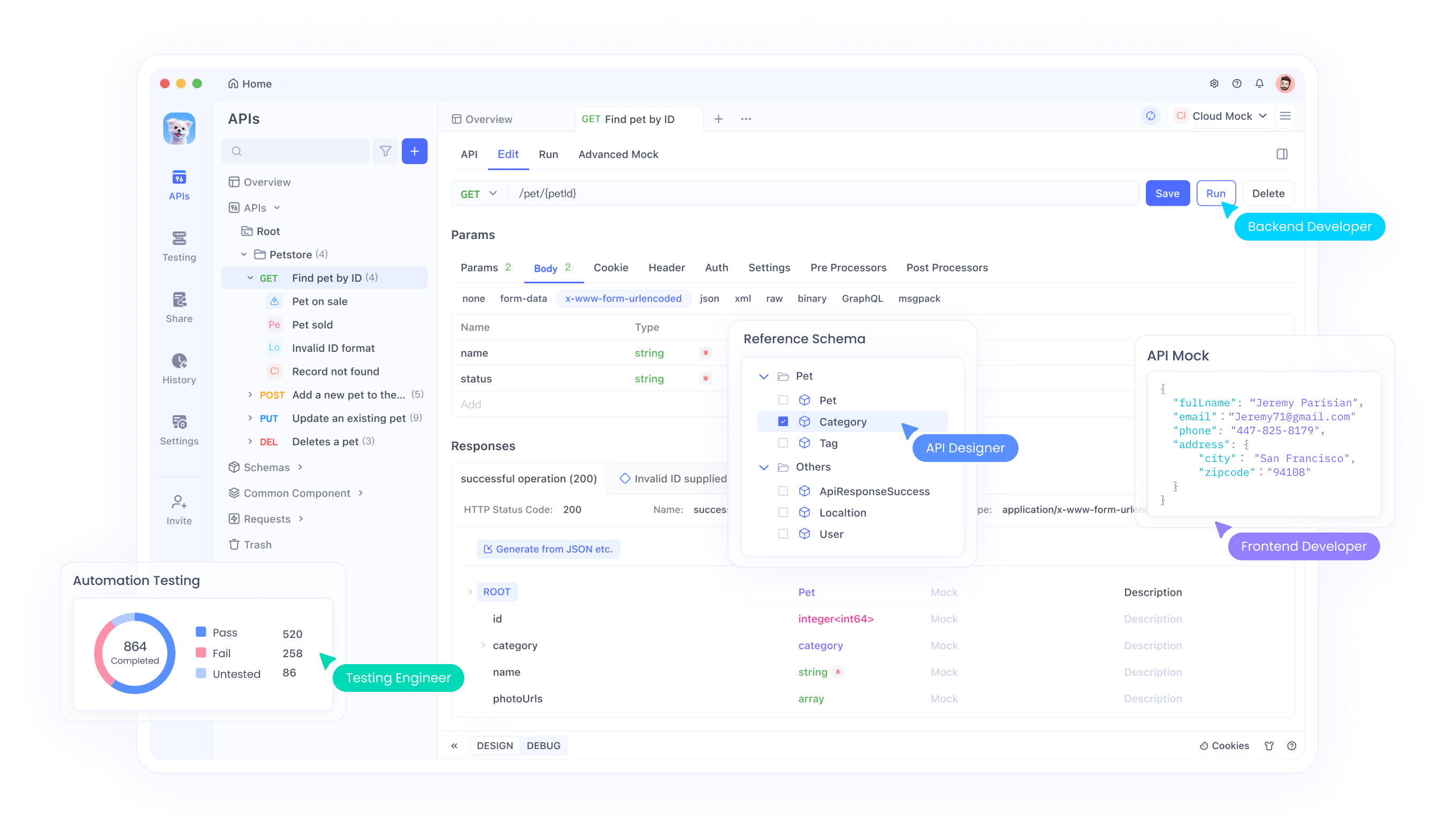
First, import the API specification into Apidog. Then, configure requests with headers and bodies, simulating various inputs. Apidog supports performance testing by measuring response times. It also facilitates collaboration, making it suitable for teams.
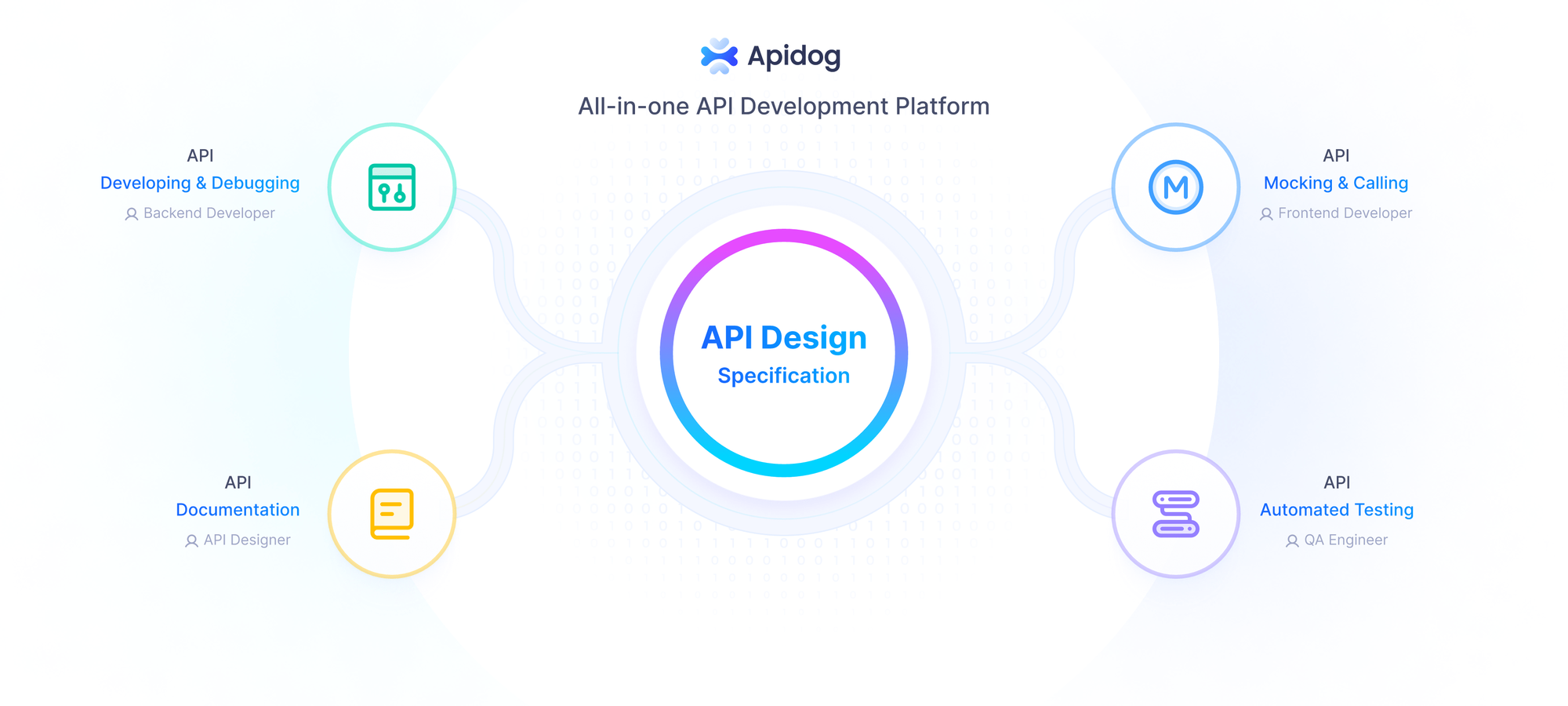
For automation, create frameworks within Apidog to run regression tests on Claude Sonnet 4.5 API endpoints. This ensures reliability as models update.
Compared to other tools, Apidog's unified platform reduces context switching, enhancing efficiency.
Advanced Features and Capabilities
Claude Sonnet 4.5 shines in advanced scenarios. For agent building, use the memory tool to store information outside the context window, supporting long tasks. Context editing clears stale data automatically.
In coding, the model analyzes data and creates files like spreadsheets. Integrate with VS Code extensions for IDE enhancements.
For computer use, leverage the Chrome extension to automate browser tasks.
The 'Imagine with Claude' preview demonstrates real-time software generation, available temporarily to Max subscribers.
Managing Rate Limits and Errors
Anthropic enforces rate limits to ensure fair usage, adjustable via workspaces. Monitor via console dashboards.
Errors include 413 for oversized requests (over 32 MB). Handle with try-except blocks in code, retrying on transients.
Best practices involve token budgeting and prompt optimization to avoid limits.
Best Practices for Optimization
Developers optimize by crafting concise prompts, using system instructions effectively, and monitoring usage. Test in the Workbench before production.
Incorporate beta features via 'anthropic-beta' headers for early access.
Security measures include safeguarding API keys and using HTTPS.
Practical Examples and Case Studies
Consider a coding assistant: Send user code queries to generate solutions.
In finance, build agents for analysis, using benchmarks where Claude Sonnet 4.5 scores 55.3%.
For multilingual apps, leverage 89.1% MMMLU performance.
Conclusion
Claude Sonnet 4.5 API empowers developers to create innovative solutions. By following this guide, engineers harness its full potential. Continue exploring updates from Anthropic to stay ahead.
